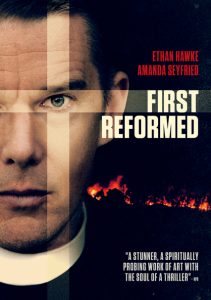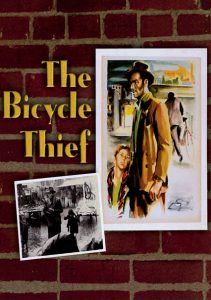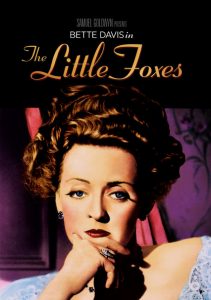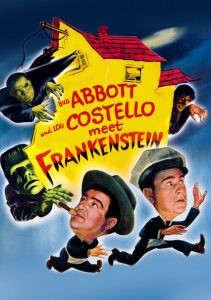A Christmas Carol-1951
Director Brian Desmond Hurst
Starring Alastair Sim
Scott’s Review #871
Reviewed February 26, 2019
Grade: A
A Christmas Carol (1951), released under the American title Scrooge in Great Britain, is another film adaptation of Charles Dickens’s world-famous 1843 novel.
This version seems the popular favorite, historically shown on television around the holidays.
Alastair Sim is perfectly cast as the curmudgeonly Scrooge with the eventual endearing qualities in this earnest and incredible seasonal effort.
Set in bustling London, a fabulous setting for any Christmas film, the story gets off to a resounding start with Dickens’ words being narrated, subsequently presenting a faithful tribute to the book.
The brooding Ebenezer Scrooge (Sim) angrily leaves the London Exchange on Christmas Eve, eager for a quiet night at home. He begrudgingly gives his clerk, Bob Cratchit (Mervyn Johns), the day off to spend with his low-income family. He bemoans the holidays as humbug to fellow wealthy businesspeople he encounters.
Scrooge embarks on a strange journey at night when he is visited by his deceased business partner, Jacob Marley (Michael Hordern). Shackled in chains, he is doomed to walk the earth clad, representing his greed during his living years.
He warns Scrooge to repent or suffer the same fate as he is visited by three ghosts representing chapters of his life: The Spirit of Christmas Past, the Spirit of Christmas Present, and the Spirit of Christmas Yet to come.
The first two ghosts are more benevolent, and the third is mysterious and frightening. They take Scrooge on a dim journey through what will happen after he dies.
The centerpiece that makes A Christmas Carol work so well is its star, Alastair Sims. Hardly handsome, the actor is perfect in the role, offering relish with his irritated facial expressions and untamed white locks. As he dismisses a server at the realization that he will be charged extra for more bread, the penny-pinching Scrooge is in fine form, as only Sims can be.
Later, his cleaning lady assumes Scrooge has lost his marbles as he frolics about gleefully in his bedclothes, raising her salary beyond comprehension. He is a changed and jolly man.
Sims plays this range of emotions with relish and truthfulness.
The cinematographers work wonders, creating a magical London set drizzling with celebratory facets. With eons of pure white falling snow and streets filled with young Christmas carolers and city people, the film offers a great feel.
With the Cratchit household modest yet filled with holiday cheer, the film gives the audience the right blend of sentimentality and spirit, never turning into schmaltz.
The result is a richly produced film with a small budget, proving that a robust budget does not equal greatness.
Rated G, the film has a few dark moments but is tailor-made mainly for an all-ages audience. This undoubtedly is a testament to its success and staying power.
Neither a musical nor too heavy in the drama field, the pacing is perfect, and the story builds throughout the running time. After many decades, most viewers will be familiar with the conclusion, an enchanting character turn that is always wonderful to witness with joyful glee.
A Christmas Carol (1951) is a legendary film with crackle, spark, and a compelling atmosphere, leaving adoring fans looking forward to more each season.
For an interesting contrast, a suggested companion piece is the aptly titled Scrooge (1970) starring Albert Finney, a musical version of the same story.
Watched in tandem or even traded off, these two similar yet different creations offer interesting perspectives, both enchanting and celebrating the human spirit.











